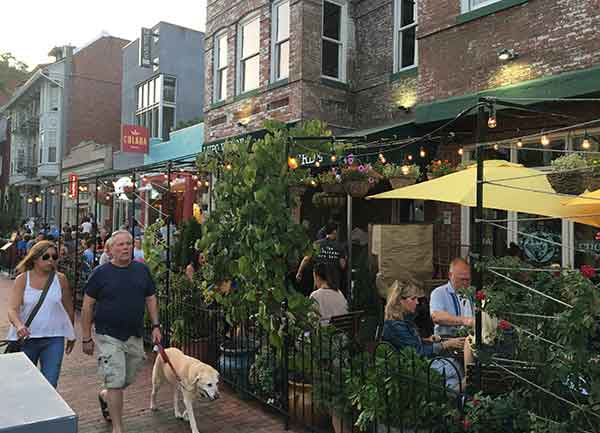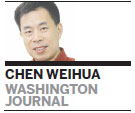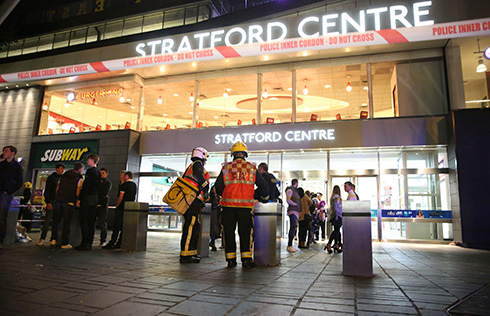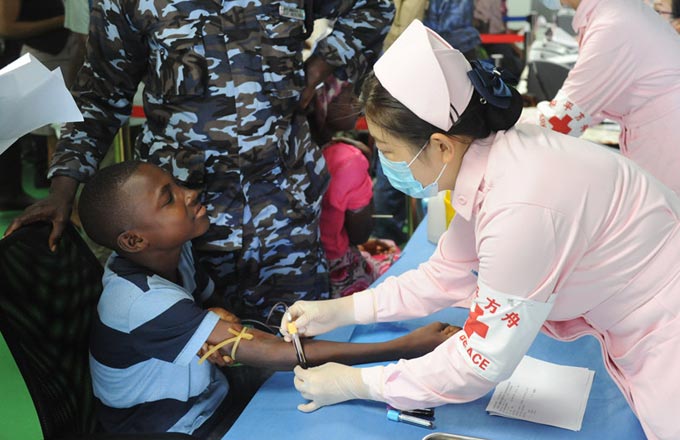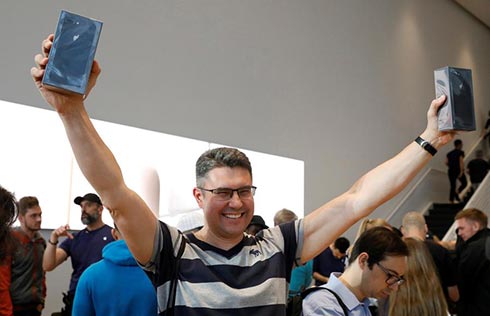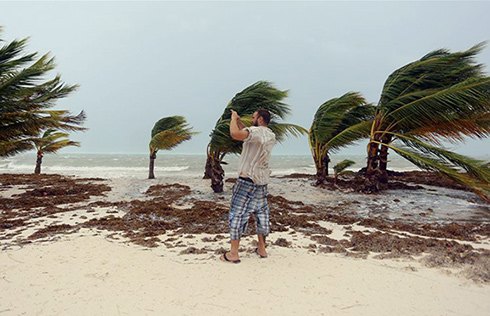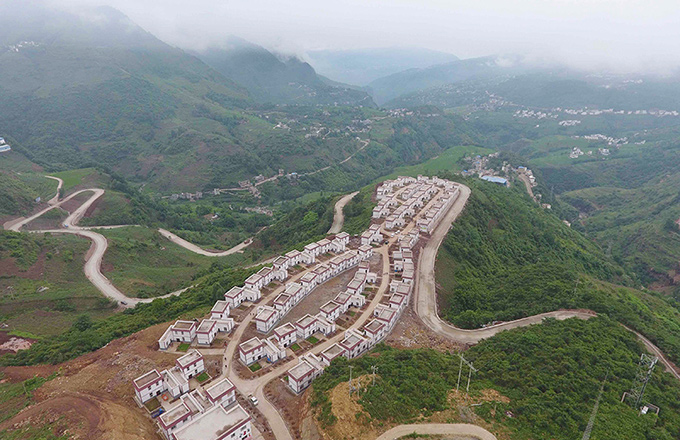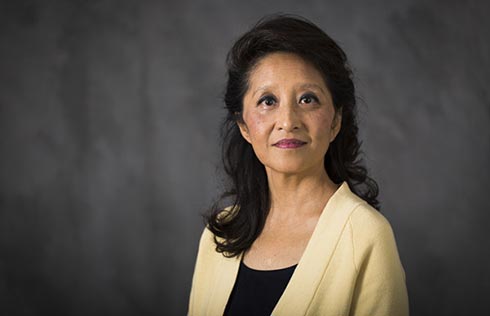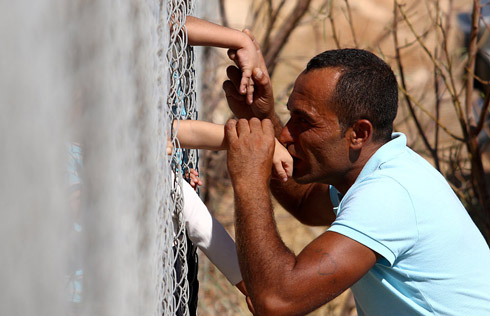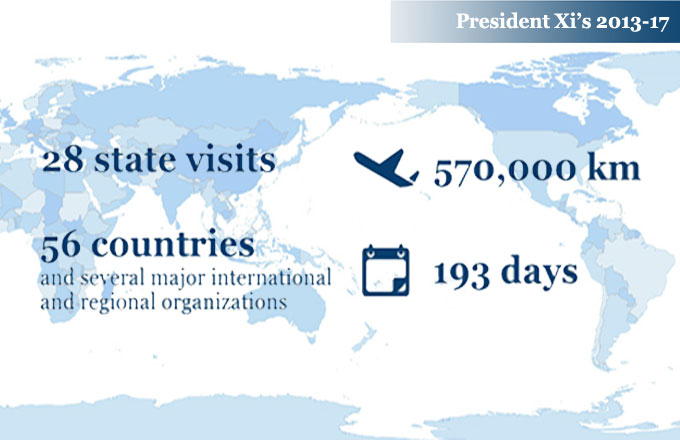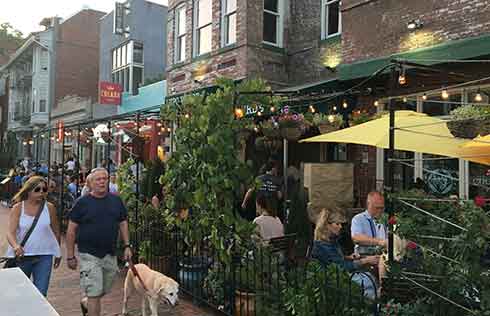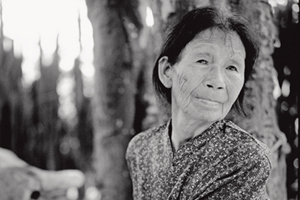Gentrification, segregation cause for concern in growing DC
Having lived in Washington DC for almost five years, I have seen the city growing, with new construction and renovation projects happening in many streets and neighborhoods.
The Wharf residential and business project I visited recently is probably one of the biggest. Located in southwest Washington along the waterfront next to the famed Maine Avenue Fish Market, its first phase will open on Oct 12. The second phase is set for completion in 2021.
Only a short walk from the National Mall, it looks like a good place to live, work and hang out.
The same urban renewal is happening in other parts of Washington. The U Street/Shaw and 14th Street area has fast been turned into an upscale neighborhood in recent years, with many new restaurants and shops opening and new apartment construction.
These changes may look pleasant, but not quite so to Derek Hyra, an associate professor at the American University School of Public Affairs and an expert on neighborhood change.
He saw major issues of gentrification and segregation in Washington beneath the surface of rapid urban renewal. His book this year, Race, Class, and Politics in the Cappuccino City, is the result of his many years of field research on the issues.
Hyra described the massive transformation in the U Street/Shaw area, where the city's once most infamous open-air drug market has become a farmers' market now selling grass-fed beef and homemade duck egg ravioli.
The area, a 90 percent black neighborhood just a few decades ago, was only 30 percent African American by 2010. Whites are the majority now, accounting for 55 percent of the community.
Hyra described how the "dark ghetto" has been turned into a "gilded ghetto". To Hyra, it has caused not just residential displacement for African Americans but also political and cultural displacement.






